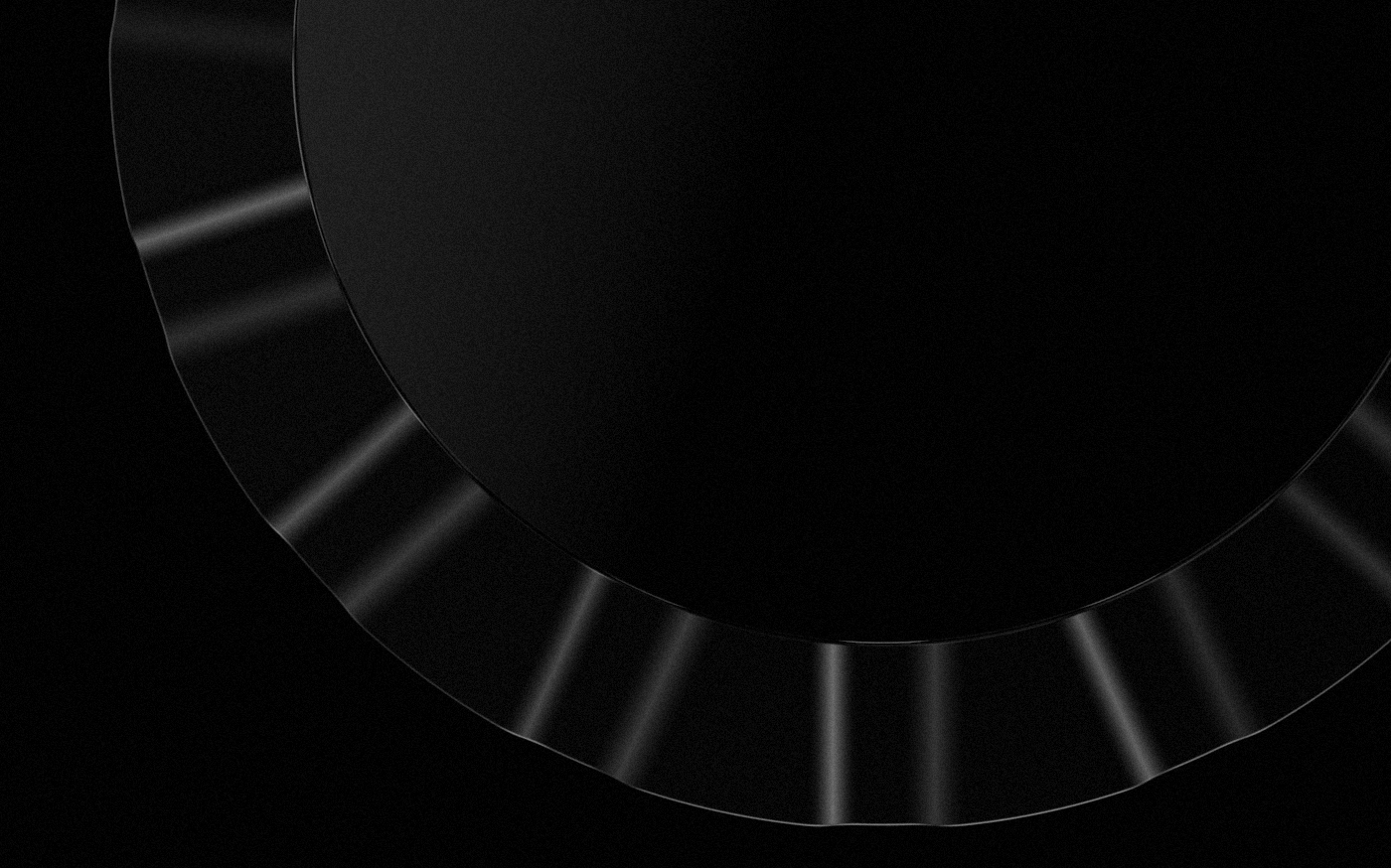
Orbe - The final project
Since when I was 15, I could answer everyone with certain what I would become as a professional. Even when I was a kid I used to feel a connection that I couldn't explain with all products and in especial the tech ones. In 2014 I stepped in a different world, I was starting my bachelors in Industrial design and the challenge was amazing. With my passion for technology I was craving to design in deep something that could make me fell in love like when I was a child and at the final year 2018, I decided that my scientific paper would be finally around a tech product.
The main subject of my paper was the relation of products found in offices with unproductivity. The work environment is made up of numerous objects, these have interactions through buttons, levers, plugs, materials, and shapes. Of these, according to how they were previously worked in the research of the product design development, will bring a task execution with higher or lower efficiency, which directly interferes with productivity. Norman (2006 p. 55) comments on decision fatigue, pointing out that “Whenever the number of functions exceeds the number of controls, the design becomes arbitrary, unnatural and complicated”.
Small details in a product can influence the timing of accomplishment of tasks, in the humor of the one who manipulates it, in the pleasantness and experience. On objects that have more than one function control, generally these do not have a clear distinction between the mechanisms, they are similarly arranged, they are aesthetically beautiful and appeal to users. On the other hand, they create difficulties in the use and consequently intensify the failures (NORMAN, 2006).
Clements-Croome and Baizhan (2000, p. 5) understand that, “[...] Individual responses illustrate that the majority of respondents believed that the office environment had a direct influence on their well-being and self assessed productivity.” Clements-Croome and Baizhan (2000) conclude that in the office environment, the main problems reported were the overloaded workspaces, temperature problems and sick building syndrome. The welfare and productivity of workers are correlated by the scope in which they are inserted and today the great ally for such characteristics is the influence and application of technology in conjunction with the design.
Designer: João Luiz Flores Gomes
Model produced by the autor
Year of Production: 2018
Brazil

Product perception can be approached in countless ways and with also distinct purposes. The process of product-man perception and action can be evidenced at all times. According to Sudjic (2010, p. 21) ‘‘ [...] design has become the language that shapes these objects and make the messages they carry.'' So it is understood that every object actively or passively communicates with the user, making this interaction to be the trigger for a good or bad experience of using a product.
The quest to understand and improve the user experience is part of Interaction design. Rogers, Sharp and Preece (2013, p. 8) understand interaction design as ‘‘Project interactive design products to support how people communicate and interact in their daily lives, whether at home or in work." In the use of a product or in a series of actions, one of the the main elements that make the perception and interaction is the feedback. Rogers, Sharp and Preece (2013) describe feedback as impulses of information resulting from some actions, which aim to conclude the understanding of the operation and enable the continued use of the object. It is this interaction and feedback that builds the user experience, shaping the user interaction with the product.
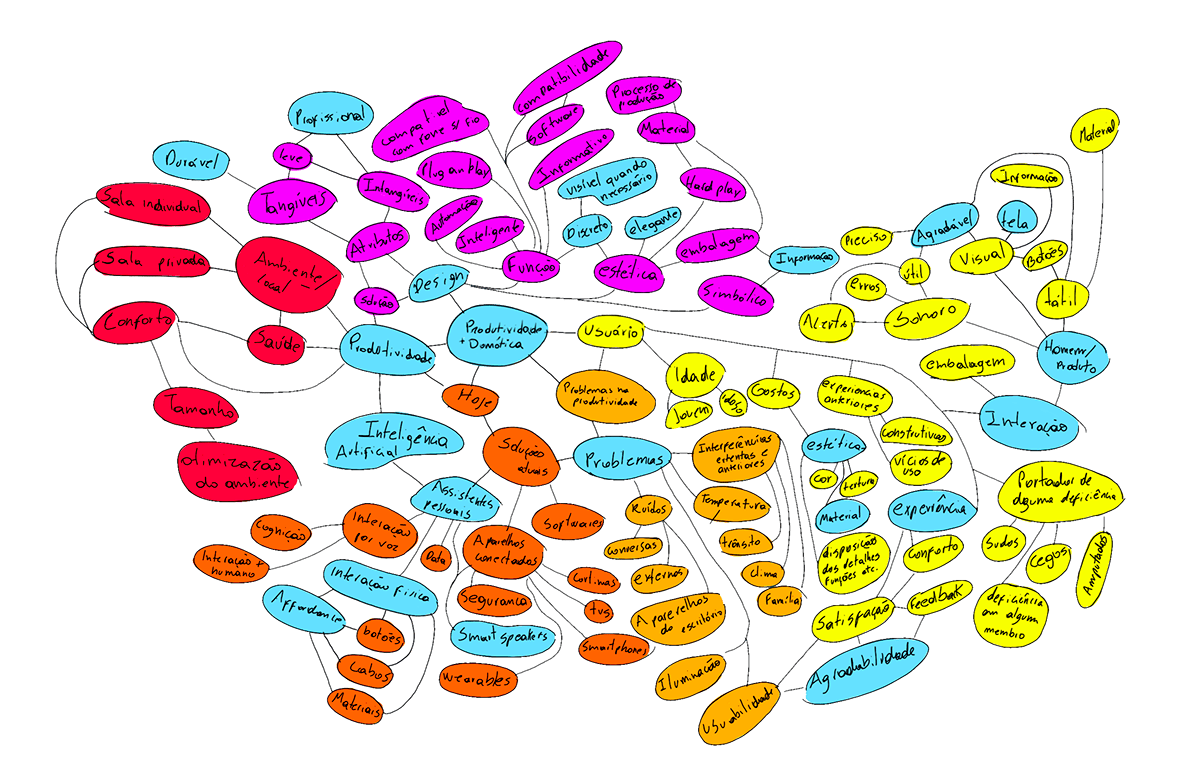
After an extensive user research to better understand the problem and confirm previously collected data, it is understood the need to initially understand in a macro way the nuances of the problem. This understanding is characterized by of the tool called mind map. Pazmino (2009) conceives that in this method, the understanding and organization of ideas occurs through the individual grouping or the set of words, colors and images, these depart from a central concept, idea or problem, permeating the possibilities and forming roots.
From the words home automation and productivity, it could be perceive the current market solutions for such areas, as: Software; Curtains; TVs; Smartphones; Computers; Smart Speakers. Of these, what better meets the needs found in offices with multiple devices possibly connected are the smart speakers (devices with a personal assistant), who manage to create a controlled environment and connected through the internet, enabling task automation and consequently productivity.
Other important nuances were found, such as the characteristics of the user and the importance of his previous experiences. These outlined a profile that direct the questioning and care to certain aspects of the project, such as individual user addictions, interaction and also pleasantness.



Synchronic or parametric analysis aims to work in the development process stage, by comparing the variable aspects found in the products and in the competition. These elements permeate the qualitative, quantitative and classification characteristics (BAXTER, 2003). There were twenty distinct products, both in form and function. Thus, it was aim to understand some fundamental characteristics of each device, such as the operating system, the screen, the sound, the number of speakers and microphones, the connectivity, the lights, the physical controls, the material, being wireless and the cameras.
A partial understanding of the characteristics was obtained, including the positioning of each product in the market, according to its original purpose. Through analysis it could perceive the attributes necessary for better performance of the product under development, thus having the potential to become entirely satisfactory. From the twenty products selected in the synchronic analysis, another analysis focused on forms and resources had been developed. Through previous research it is possible to position the products in a table, according to the format, which is provided with straighter or curved lines, it was also considered the internal components and the amount of resources that the analyzed devices had.
The positioning of the big brands is remarkable, making use of not so straight lines, turning to something more organic, especially when the device brings more hardware resources natively. Another characteristic found was related to the size of the devices, that the more professional or those who are positioned with operation in large environments, they also bring a larger volume in its shape.
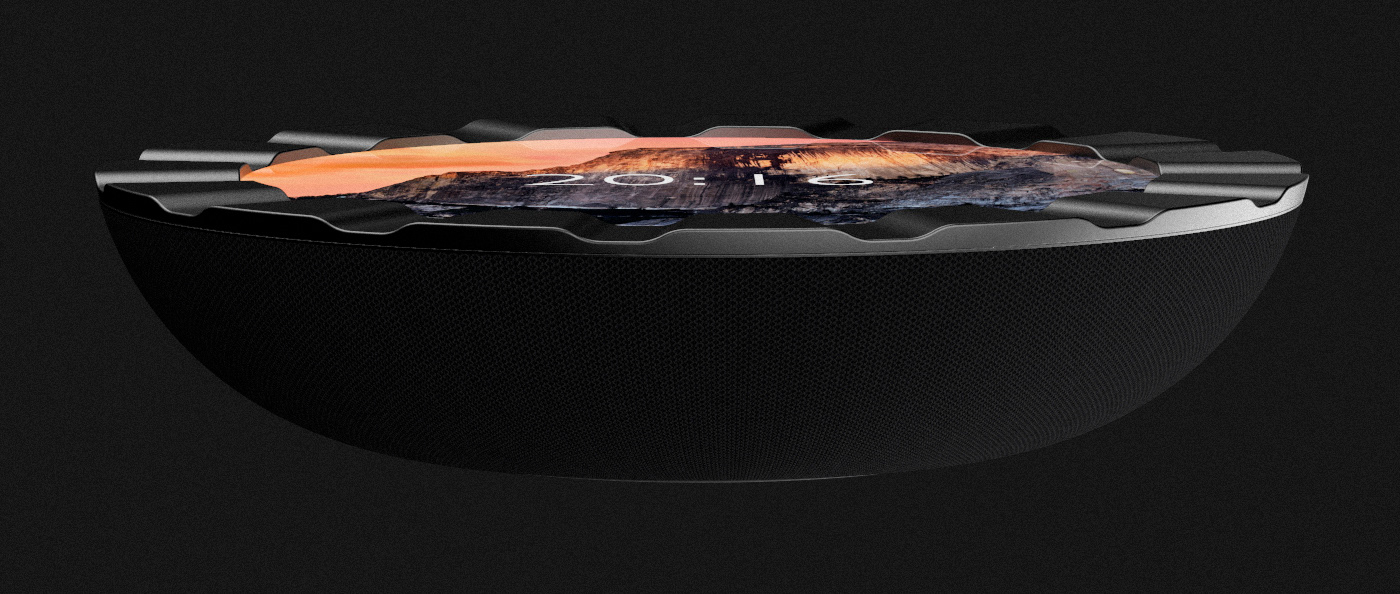
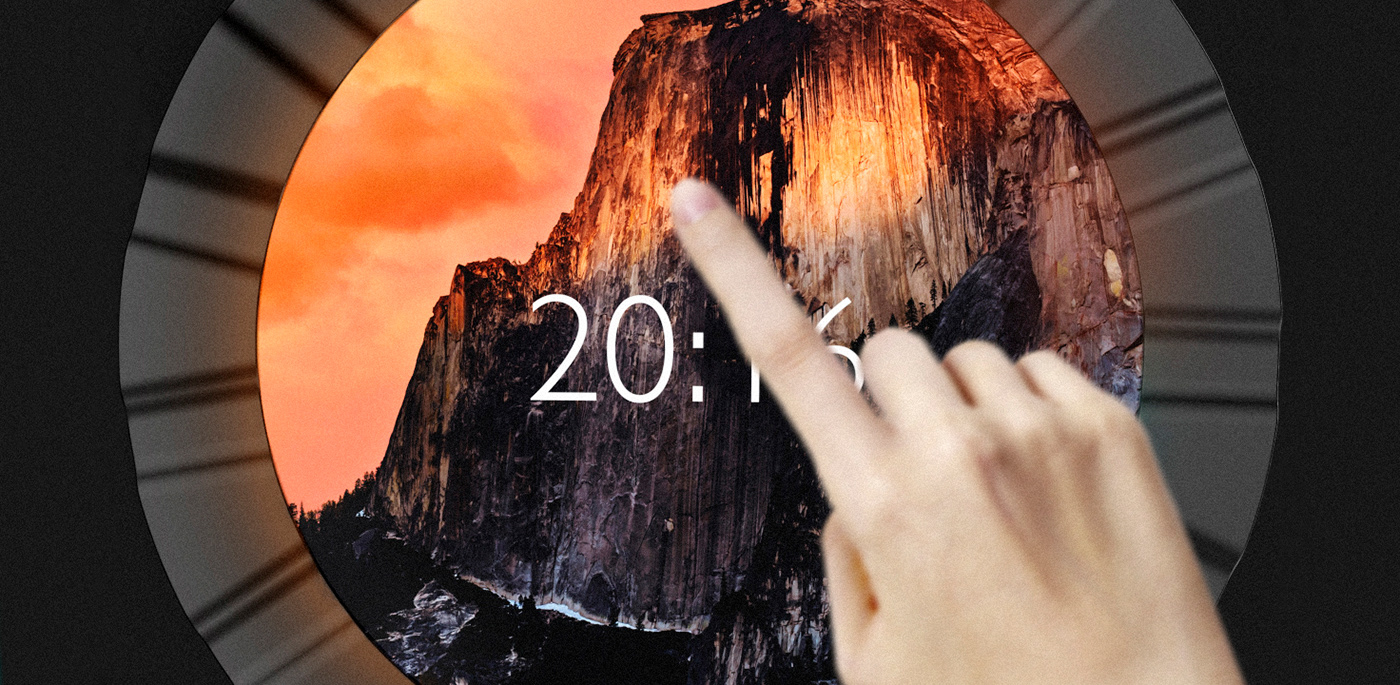
Intelligent personal assistance software is of great relevance for the future due to the applied artificial intelligence and existing possibilities. According to McCarthy (2007, p. 2), the definition of artificial intelligence is: “It is the science and engineering of making intelligent machines, especially intelligent computer programs.” Alvarez and Luque (2003, p. 3) in their article corroborate by stating that “Artificial Neural Networks are computational techniques that present a mathematical model inspired by the neural structure of intelligent organisms and that acquire knowledge through experience.”
Over time, such technology may come to full development, capable of predicting actions and deterring a cognitive response equal to or greater than humans. Currently there are virtual assistants from numerous companies, these can be advanced or embryonic, such variation will depend on the programming behind and the data system in which this technology collects information.
Mitchell et al. (1994) understand that virtual assistants deal with a set of information to perform tasks. They still describe a not-so-distant future (in which we live today), where virtual assistants operate as a network and provide primary services such as home and tertiary services such as work. These technologies applied to our lives over time can be an important and key tool in quality of life and how productive it is.









































In the generation of alternatives, there is the analysis of the problem together with the specifics that surround them and with this, the development of options that seek to solve such problem. Löbach (2001, p. 150) defines the generation of alternatives as: “It is the phase of the production of ideas based on the analyzes performed.” Thus, alternatives from square to round formats were generated, in order to cover a wide variety of solutions.
We sought to take into account the characteristics raised in the project requirements, the target audience and the visual references found in the internet search engines. In this stage 40 alternatives were obtained and the care with the forms, return types and delimitation of the materials can already be evidenced. The detailing and improvement of this step will come after the evaluation of the selection criteria, applied individually to each idea performed.





































Löbach (2001, p. 154) understands that “For the evaluation of design alternatives, it is important that, at the end of the analysis phase, the acceptance criteria of the new product are set.” The most important criteria were aesthetics, form and function, interaction and simplicity. These criteria are paramount to the success of the project, as it aims at productivity through pleasantness, good efficiency and user interaction with the product, not allowing distraction from a bad design applied.
After the initial selection, 10 main alternatives were reached, from which they started to develop basic models for a better understanding of proportion and shape, then the knowledge generated from the initial modeling is directed to the two alternatives with the highest score and thus creation of the final alternative can be completed.
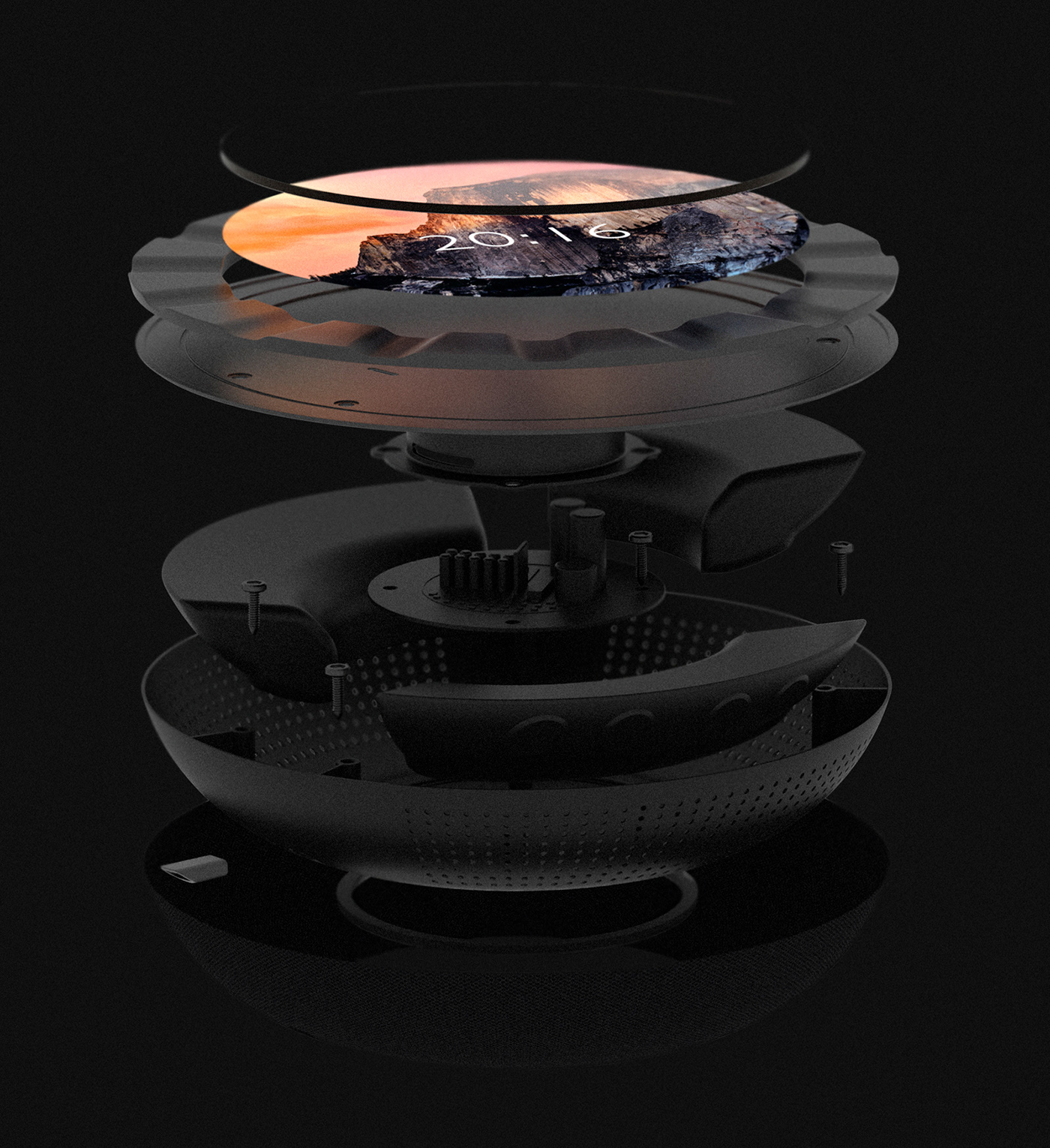
The realization phase concludes the Löbach method used here, proposing the materialization of the best idea. Löbach (2001) understands that at this stage, the alternative to be developed was not necessarily formalized in a single idea, this may be the combination of the qualities previously found. This compilation of data was of the utmost importance and only then allowed the development of a complete proposal, named Orbe, an automation center controlled by a personal assistant.
With the construction of a basic model of the final alternative, one last research with possible users could be performed. Respondents were introduced to the product and thus encouraged to take action, from turning on the device to increasing the volume through the crown. After the feedback on the experience and usability, this information was considered in the final proposal, as the addition of a biometric reader for important tasks.
The project needed to be more careful with the feedbacks and because of this need were worked the three types of feedback, the visual, the sound and the tactile, this concern starts from the principle of developing a product for everyone, accessible and with a comprehensive interaction.
The final purpose of use is simple, allows control and use by voice commands; crown at the top, which allows the sound to be adjusted and screen in the center of the surface of the device. The construction of the Orbe is made of five types of visible materials, plastic (body structure), rubber (base), glass (screen), fabric (sound outlet coating) and aluminum (crown). The product design has simple lines and few visible parts, this prevents user distraction and creates a good affordance, be it in the possible interactions perceived as the recessed crown that indicates rotation and use with the fingers. Inside the product you will find tactile motors (to provide feedback to the touch and rotating the crown), ten speakers and seven microphones, which allow 360 degree sound and audio capture.






It was with a big smile that I finished the night of presenting my final bachelor paper. I have to say it was not easy, the development of the article took four months, and if I do not count the 5 years of learning, that supported me and the result obtained on November 27/18. I need to make clear of my happiness when conducting research involving product design and the world of technology. Since when I was a kid, technological gadgets fascinated me and to have the possibility to study and develop a concept for a real problem in this area was unique. Because of my passion for design and technology, I was able to plunge into this challenge called TCC, with a great happiness receiving the final assigned score, 10. I want to thank everyone who helped not only at TCC, but also during those 5 years.
A big hug and success to you all.












ALVAREZ, Ana B.; LUQUE, Baldomero. Rede Neural de Kohonen e Outras Técnicas para Treinamento Não-Supervisionado . Campinas, Universidade Estadual de Campinas, 2003. Available on: <https://pt.scribd.com/document/275598596/tema4>. Access: 09 set. 2018.
BAXTER, Mike. Projeto de produto : guia prático para o desenvolvimento de novos produtos. 2. ed. rev São Paulo: E. Blücher, 1998. 260 p.
CLEMENTS-CROOME, Derek; BAIZHAN, Li. Productivity and indoor environment . Proceedings of Healthy Buildings, Reading, v. 1, p. 629-634, jan. 2000. Available on: <https://www.researchgate.net/publication/237699305/>. Access: 28 ago. 2018.
LÖBACH, Bernd. Design industrial : bases para a configuração dos produtos industriais. São Paulo: E. Blücher, 2001.
MCCARTHY, John. What is artificial intelligence? Computer Science Department, Stanford University, 2007. Available on: <http://jmc.stanford.edu/articles/whatisai.html>. Access: 08 set. 2018.
MITCHELL, Tom M. et al. Experience with a learning personal assistant . Communications Of The Acm, [s.l.], v. 37, n. 7, p.80-91, 1 jul. 1994. Association for Computing Machinery (ACM). Available on: <https://www.ri.cmu.edu/publications/experience-with-a-learning-personal-assist ant/>. Access: 01 ago. 2018.
NORMAN, Donald A.; CARDOSO, Ana Lúcia Deiró. O design do dia-a-dia. Rio de Janeiro: Rocco, 2006.
PAZMINO, Ana Veronica. Como se cria : 40 métodos para design de produtos. São Paulo: Blucher, 2015. 279 p.
ROGERS, Yvonne; SHARP, Helen; PREECE, Jennifer. Design de interação : Além da interação humano-computador. 3. ed. Porto Alegre: Bookman, 2013.
SUDJIC, Deyan . A linguagem das coisas . Rio de Janeiro: Intrínseca, 2010.
I hope you have enjoyed, thank you.


